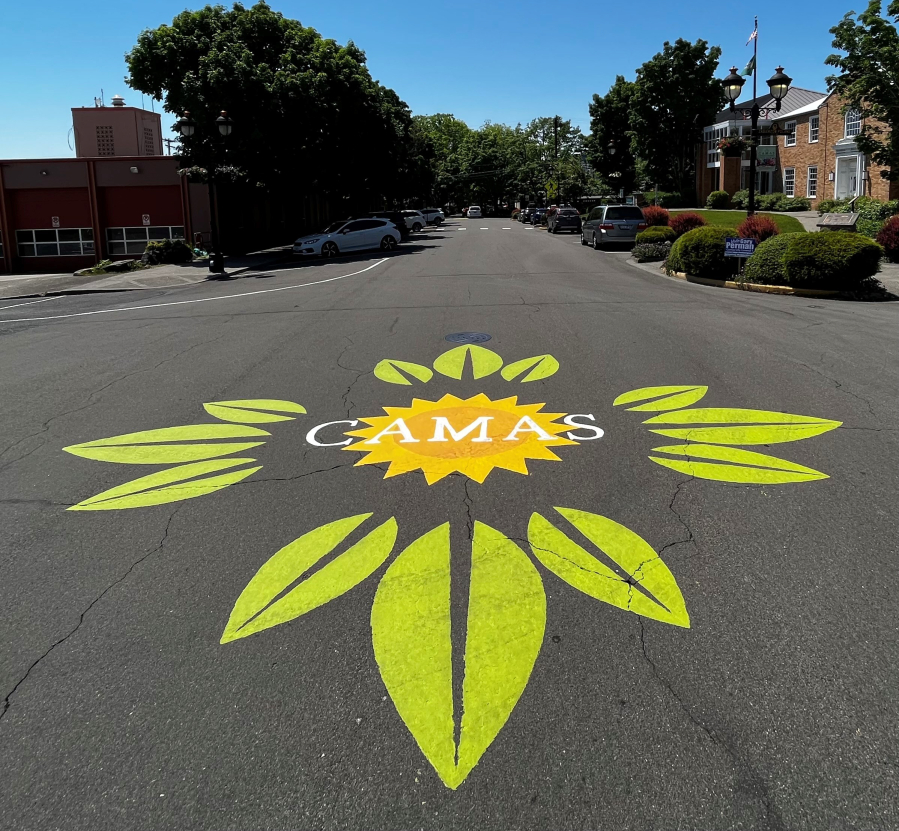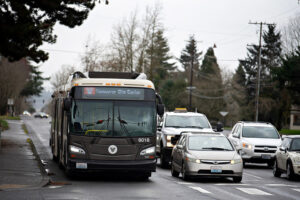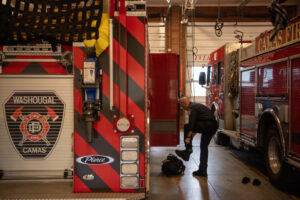Camas Mayor Steve Hogan unveiled his biennial 2025-26 budget this week and gave Camas City Council members a warning: diversify and increase the City’s revenue sources or prepare to make substantial cuts to City-provided services.
“There is a $1.5 million shortfall each year, so $3 million over (2025-26),” Hogan told Council members during their Monday evening workshop. “We have to figure out a way to either keep departments in the City functioning like they are by getting more money, or else we have to make draconian cuts.”
Hogan’s recommended budget would — with the exceptions of adding two night-shift sergeants and one lieutenant to the Camas Police Department to “keep up with the growing needs of the community” and increasing funding for street pavement preservation projects — hold steady through 2025 and 2026.
To do that, the City will need to increase its revenues to keep pace with inflation and increased costs for labor and benefits.
Camas Finance Director Cathy Huber Nickerson said Monday that the City is facing a structural deficit, or persistent budget deficit, with revenues unable to keep pace with escalating costs.





